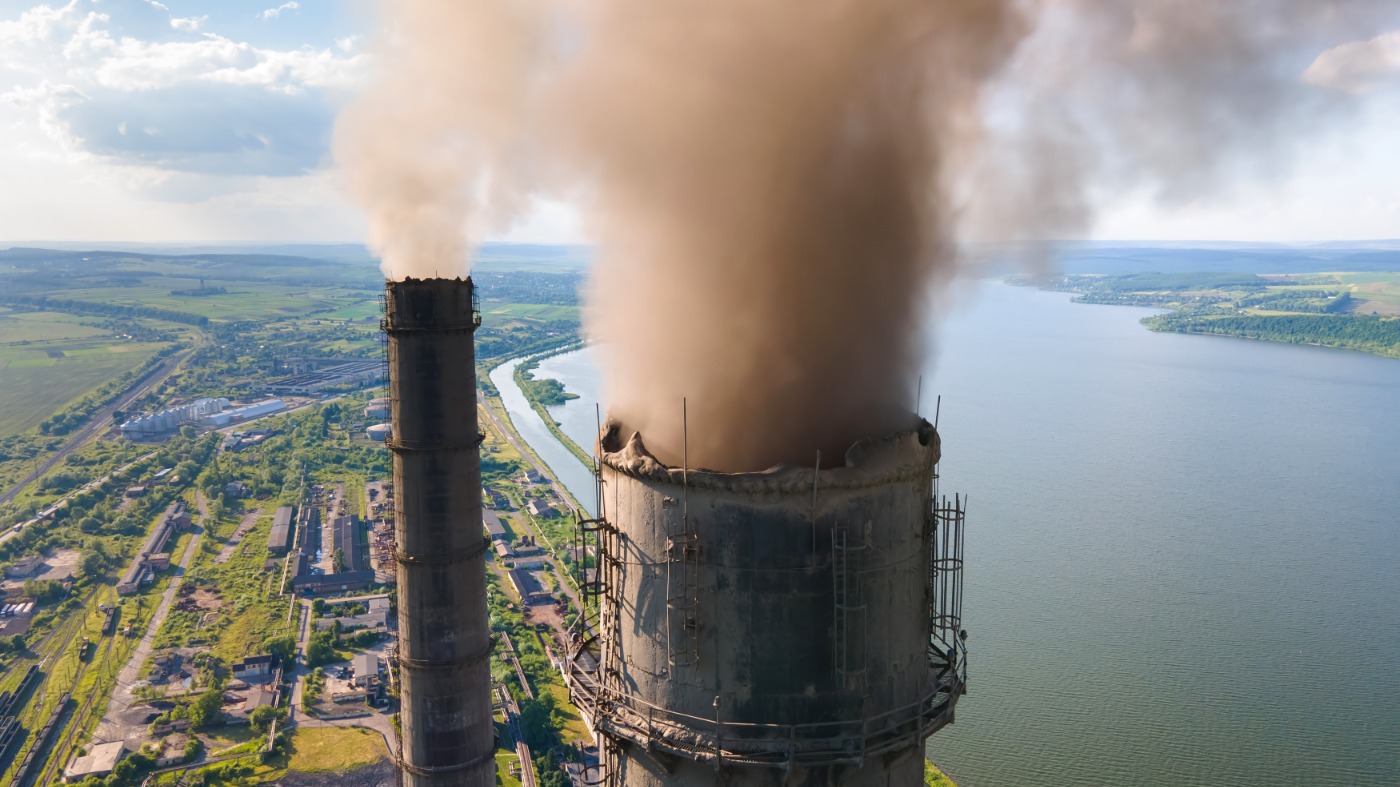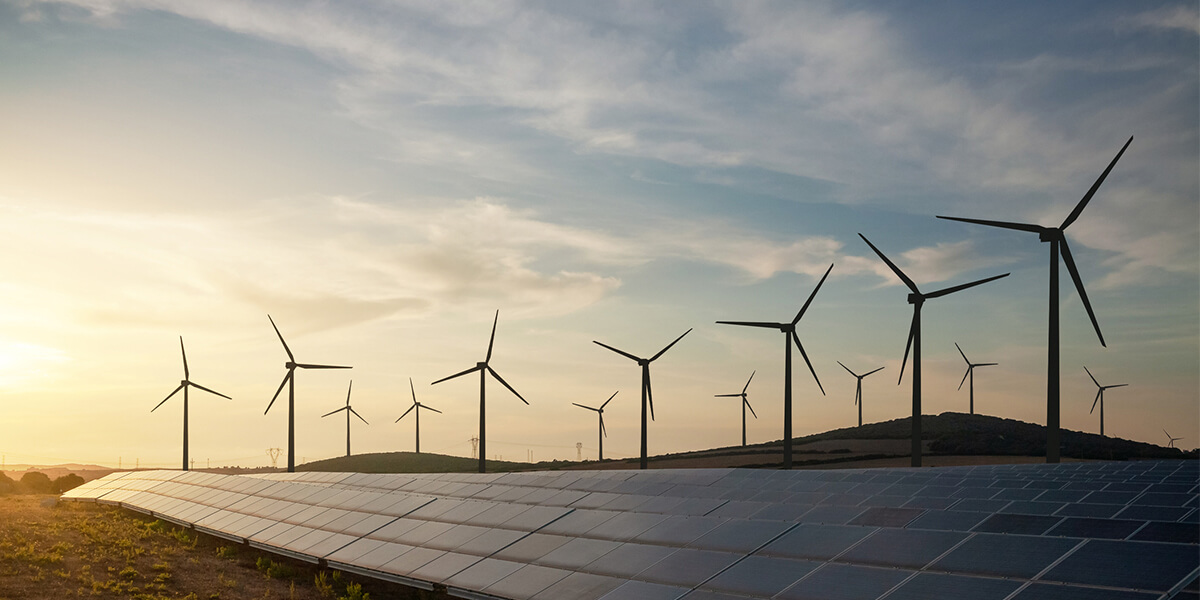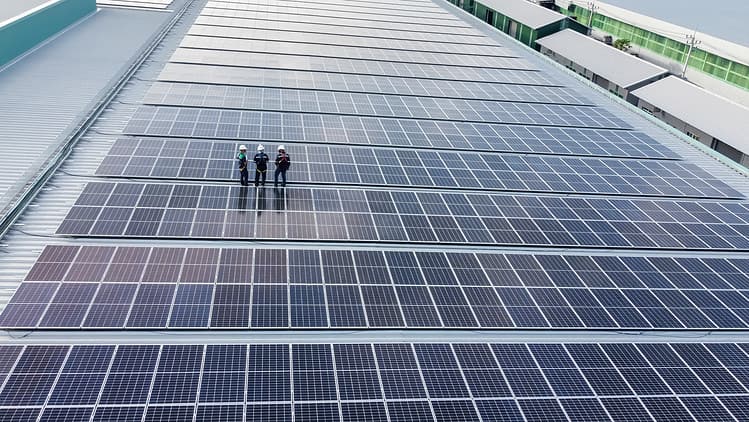
The Environmental Protection Agency has a new proposed air pollution standard. Meanwhile, the Biden administration has new guidelines for federal agencies on emissions in environmental reviews, and the Interior Department proposes additional new lease sales.
The Biden administration proposed tightening a key air pollution regulation after the Trump administration declined to do so.
The Environmental Protection Agency (EPA) proposed tightening limits on how much soot can be in the air on Friday. However, some environmentalists are calling on the agency to further protect public health.
Exposure to soot pollution, also known as fine particle pollution, has been linked to heart attacks, asthma and premature deaths.
- This type of pollution can come from burning fossil fuels in cars or at power plants or from other places like fires or construction sites. It disproportionately impacts communities of color and low-income households.
- The administration estimated that its move could prevent as many as 4,200 premature deaths yearly.
“Fine particulate matter is both deadly and extremely costly,” EPA Administrator Michael Regan told reporters on Thursday, adding that strengthening the standard “could result in significant public health benefits.”
The politics:
- The move came after the Biden administration reviewed a Trump-era decision that left a less stringent standard in place.
- The maximum Trump-era air pollution level was originally set under the Obama administration, which had tightened it from an even looser standard.
- In 2020, the Trump administration said its decision to leave the Obama standard in place was adequately “protective of public health.” But Regan said the agency found upon review that “the 2012 standards are no longer sufficient to protect public health.”
Environmental activists described the Biden administration’s move as a step in the right direction but also said it still wasn’t good enough to prevent pollution exposure.
“It’s progress,” said Vijay Limaye, a climate and health scientist with the Natural Resources Defense Council. “The problem is, that still leaves a lot of dangerous air pollution exposures on the table.”
The specifics:
- The Biden administration proposes limiting how much of the pollutant can be in the air on average to a concentration of between 9 and 10 micrograms per cubic meter annually — down from 12 micrograms under the previous standard.
- The 4,200 premature deaths could be avoided at the more stringent level of
9 micrograms per cubic meter; it’s unclear where in the 9 to 10 range the agency may ultimately set the level. - The EPA is also considering looser standards of up to 11 micrograms per cubic meter and stricter standards of as low as 8 micrograms per cubic meter.
Asked why the EPA was not more aggressive, Regan said that the agency came to its proposal after consulting with internal experts and various stakeholders.
“We arrived to this space based on sound science and a rigorous evaluation of the data we have at hand,” he told reporters.
Read more about the new proposal on soot pollution here.
Feds replace Obama-era emissions guidance.
The Biden administration on Friday issued new guidance for incorporating greenhouse gas emissions into federal agencies’ environmental reviews, replacing Obama-era guidelines that the Trump administration had withdrawn.
The White House Council on Environmental Quality (CEQ) guidance follows a National Environmental Policy Act (NEPA) rule from April. It also updates the Obama-era guidance to factor in updated climate science.
What else? The updated guidance further directs agencies to use a “rule of reason,” in which more impactful projects are subject to more in-depth analyses.
“Disclosing and reducing emissions will ensure we’re building sustainable, resilient infrastructure for the 21st century and beyond,” CEQ Chair Brenda Mallory said in a statement. “These updated guidelines will provide greater certainty and predictability for green infrastructure projects, help grow our clean energy economy, and help fulfil President Biden’s climate and infrastructure goals.”
Climate advocates called the guidance an improvement and an important step forward but said it should be a first step for further action.
- Evergreen co-founder and senior adviser Sam Ricketts called the initial Obama-era guidance “pretty weak” even before the Trump administration withdrew it. The new guidance, he said, makes “significant improvements” in how federal agencies incorporate climate impacts.
- “It also incorporates some innovation in how agencies can look to streamline projects that will reduce climate pollution, thinking about how NEPA could be streamlined for clean energy projects or projects that will be climate solutions,” he said.
INTERIOR PROPOSES NEW OIL LEASE SALES
The Interior Department on Friday said it would lease up to 20,951 acres of land for oil and gas exploration in Montana and North Dakota.
The leases, comprising up to 52 parcels, will have royalty rates of 16.67 percent and minimum bids will be $10 per acre, up from previous minimums.
When the Biden administration first took over, it implemented a pause on a new leasing, though the courts hampered the pause.
Meanwhile, the Inflation Reduction Act tied the future of renewable development on public lands to that of oil and gas, requiring the federal government to hold oil and gas lease sales as a condition for selling leases for renewable energy production.
FAR OUT TESTING FOR SOLAR POWER IN SPACE
Among the many space-bound satellites aboard the SpaceX rocket launched earlier this week was a small prototype designed to harvest the sun's power.
Scientists hope to show that space-based solar power is more than a futuristic concept and potentially the next big thing in clean energy.
Weighing in at just 110 pounds, the Space Solar Power Demonstrator (SSPD) prototype satellite is part of a larger effort to test out space-based solar power called the Space Solar Power Project (SSPP).
Built by engineers at CalTech, the demonstration mission blasted off into space on Tuesday morning. The team is hoping to see if the technology is capable of working in the harsh environment of space, and ultimately launching a constellation of solar panels that would form an orbital power station, beaming energy harvested from the sun back down to Earth.




